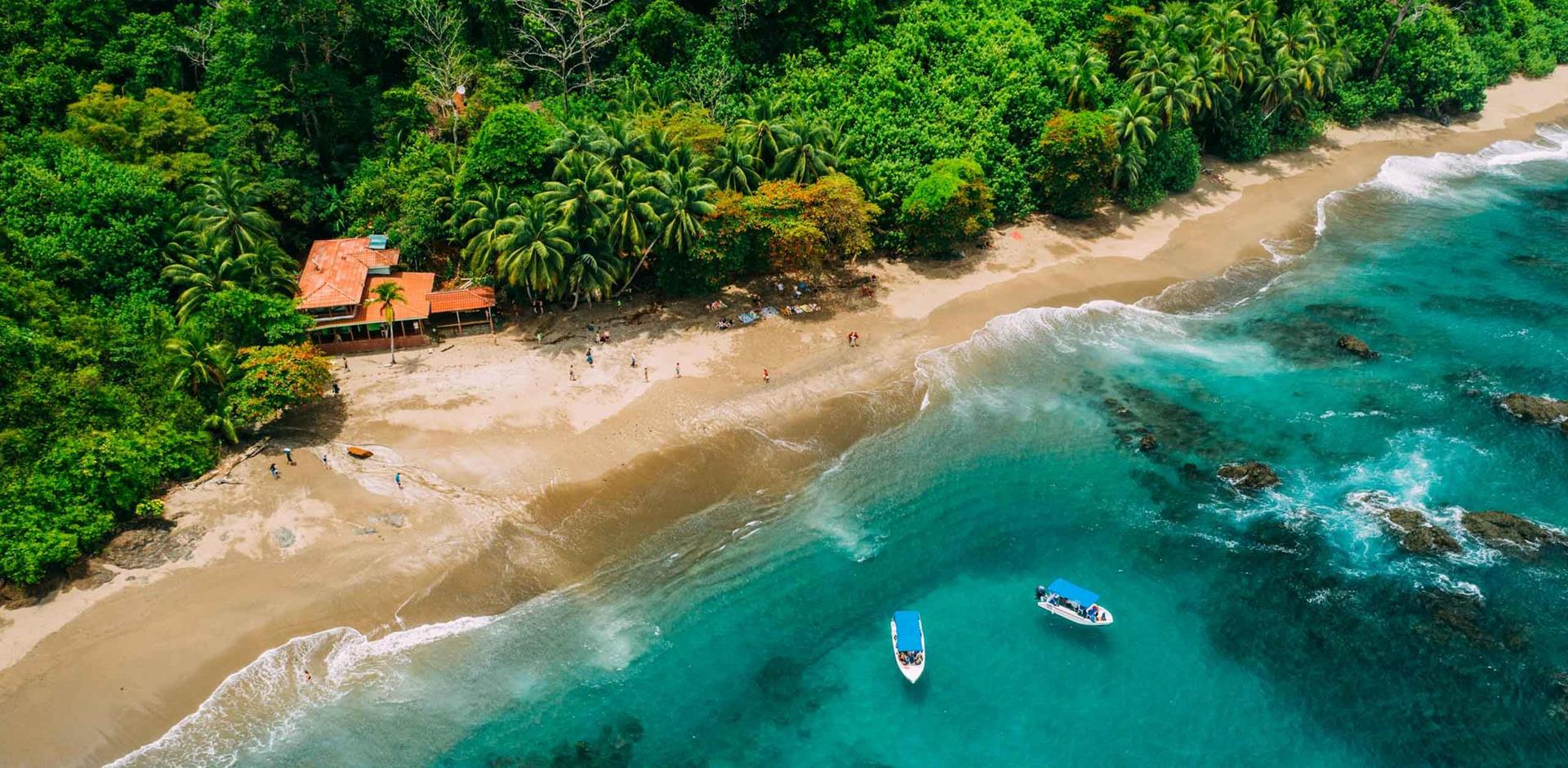The best time to visit Costa Rica, weatherwise, is during the dry season, which runs from December to April. The best month of all is January, when days are sunny and dry, and the rainforests are buzzing with wildlife from howler monkeys to exotic hummingbirds. This is also the peak season for laidback beach holidays and winter sun on the Pacific coast, at beach resorts such as Papagayo and Santa Teresa on the Nicoya Peninsula. Surfers tend to migrate to the Pacific coast in June to catch the southwest swells just off the beachside town of Tamarindo.
But really, the ‘best’ time to go really depends on what you want to do; indeed, there is no such thing as a ‘worst’ month to go to Costa Rica.
As a tropical country, Costa Rica has a rainy season between May and November, with sunny mornings and showers during the afternoons – but this ‘green season’ is cheaper, and quieter, and a wonderful time for wildlife holidays. This is the best time to spot jaguars in Corcovado National Park, sloths in Piedras Blancas National Park, and scarlet macaws in Manuel Antonio Park. High river levels also make for exhilarating white water rafting expeditions down the Pacuare River.
The best time for whale-watching, meanwhile, is between August and November, an ideal time to spot humpback whales off the Osa Peninsula on the Pacific coast.
Turtle season in Costa Rica peaks between July and October, when leatherbacks and loggerheads, hawksbill and green sea turtles are nesting on the Caribbean beaches at Tortuguero National Park.
Insider tip:
“In the middle of the green season, there is often a ‘veranillo’ as the locals say – a ‘little summer’ at the end of July to the start of August, where the rain is much lighter and the country very lush – a fantastic time to tour Arenal Volcano National Park and the Pacific beaches of Guanacaste.”
- Adam Fogg, our Latin America travel expert

